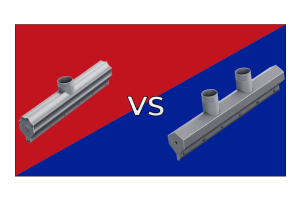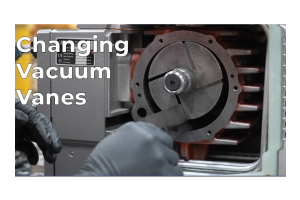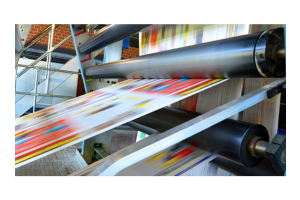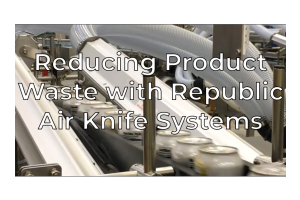Vacuum Pumps: The Unsung Heroes of Meat, Poultry, and Seafood Processing
October 12, 2023

Precision, hygiene, and efficiency are paramount when processing meat, poultry, and seafood. Whether enjoying a perfectly marinated steak, savoring a plate of fresh seafood, or indulging in a juicy roast chicken, the journey from the slaughterhouse to plate is a complex process. One unsung hero that plays a crucial role in this journey is the vacuum pump. In this blog post, we will explore how vacuum pumps are instrumental in ensuring the quality, safety, and longevity of meat, poultry, and seafood products.
Poultry Evisceration
Vacuum pumps are commonly used in poultry evisceration, which is the process of removing the feathers and internal organs (viscera) from slaughtered poultry, such as chickens and turkeys. The primary purpose of using vacuum pumps in this context is to assist in the removal of the viscera and ensure a clean, sanitary, and efficient evisceration process. Here's how vacuum pumps are utilized in poultry evisceration:- Suction Nozzles: These nozzles are placed strategically along the evisceration line to collect and transport the removed viscera, blood, and other waste materials. Vacuum pumps create a low-pressure environment in these nozzles, allowing for the efficient transfer of material through a network of pipes to a waste disposal system.
- Controlling Airflow: The vacuum pump's ability to control airflow is crucial in maintaining the integrity of the evisceration process. It ensures that the viscera are properly and cleanly removed without damaging the bird's body.
- Waste Management: In addition to aiding evisceration, vacuum pumps are used to manage and transport waste materials away from the processing line. This is an essential aspect of maintaining hygiene and preventing contamination during poultry processing.
- Rotary Vane Vacuum Pumps: These pumps are known for their reliability and are often used in poultry processing. They generate a consistent vacuum for the picking and waste management systems.
- Liquid Ring Vacuum Pumps: Liquid ring vacuum pumps are used when there is a need for tolerance to liquid and solid contaminants, such as blood and small pieces of viscera.
- Dry Claw Vacuum Pumps: Dry claw vacuum pumps are efficient and operate without the need for oil, making them suitable for applications where contamination must be minimized.






